
Cycling South Africa News
South African 1, 2 at Tour of Rwanda, Lill Takes the Tour Win
26 November 2012 – South Africa’s national road cycling team stuck to their game plan and claimed their first victory at the 2012 Tour of Rwanda when Darren Lill retained the yellow jersey after the seventh stage to claim the overall win with compatriot Dylan Girdlestone finishing in second place. The Tour of Rwanda ended on Sunday in Kigali with a stage of 124,3km.
After starting in Kigali nine days earlier, international teams toured the scenic and hilly Rwandan countryside to span 876 kilometres in total, starting with a Prologue on Sunday 18th November followed by eight stages.
For Lill, who was not feeling up to peak fitness prior to the Tour after recovering from a virus, the victory was a pleasant surprise.
“This was an unexpected win for me,” said the 30-year old from Cape Town. “I went as part of the team to help the younger guys, so to claim the overall victory has come as a surprise!”
Lill captained the 6-man national team to victory in his first Tour of Rwanda. “It was a good tour, with challenging stages, and great terrain, which made for positive racing. There is fantastic talent in Africa, but I think my experience in international racing, and being a mentor to my younger teammates gave our team the edge, especially when we cannot use race radios.”
National team manager for the Tour of Rwanda, Ian Goetham was supremely impressed with the team’s performance on his first international outing with the squad. “We had very good days that were well planned, and we succeeded,” said Goetham. “The team camaraderie was very high, and they all understood the goals of the tour. From stage one, the initial plan was to get the yellow jersey and win the tour.
“It was a brilliant team effort, with each one of the six riders contributing to the team’s success. An overall victory for Darren and a second place for Dylan is an excellent accomplishment. David (Maree) sacrificed a lot to work in front, and Avery (Arendse) and Reynard (Butler), both new to international racing, contributed a lot for us to keep the yellow jersey. Shaun (Ward) kicked off the tour with a stage in the yellow jersey [after his combined efforts of the Prologue and stage one, with Girdlestone only seven seconds behind in the GC at that point]. Darren was an excellent team leader.”
Further to holding the top two positions in the top ten of the final GC (general classification), South Africa also won the Team competition. “Considering that this team spends most of the year representing other teams within the country, they worked very well together as a unit. The quickest times of the top three riders in each stage resulted in a team win for us as well.”
Cycling SA’s road cycling director Hendrik Wagener was very pleased with the results. “We always hope for a win when we send a team to an international event. To have a first and second place in the final overall GC is a great achievement, and gives us a great base to build on in the early stages of our aim to take part in more African events, and of course, some valuable UCI points.”
Summary of Results – 2012 Tour of Rwanda – Overall GC
- LILL Darren (RSA) 22h43’41’’
- GIRDLESTONE Dylan (RSA) 22h45’28’’
- NJOROGE MUYA John (KENYA) 22h45’40’’
- ATSBHA Getachew (Ethiopia) 22h45’48’’
- DEBRETSION Aron (Eritrea) 22h46’40’’
- MERHAWI Kudus (UCC) 22h49’58’’
- LIPONNE Julien (Rein. Br.) 22h53’01’’
- ABEBE Alem (ETH) 22h53’34’’
- NIYONSHUTI Adrien (Rwanda Kalisimbi) 22h54’14’’
- HABTE Solomon (Eritrea) 22h54’39’’
ENDS

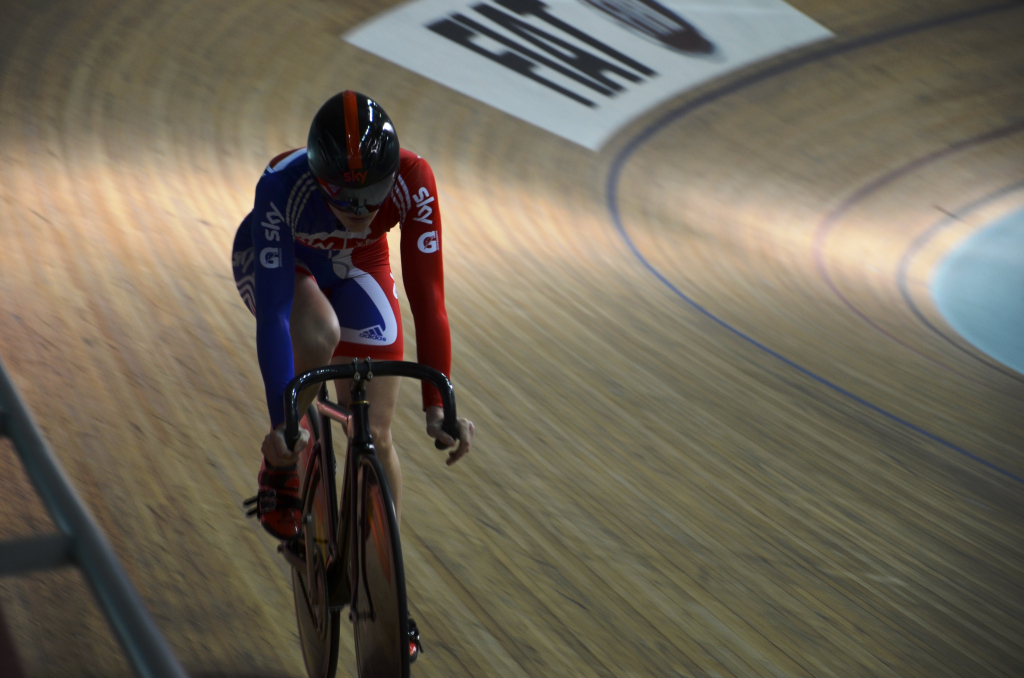
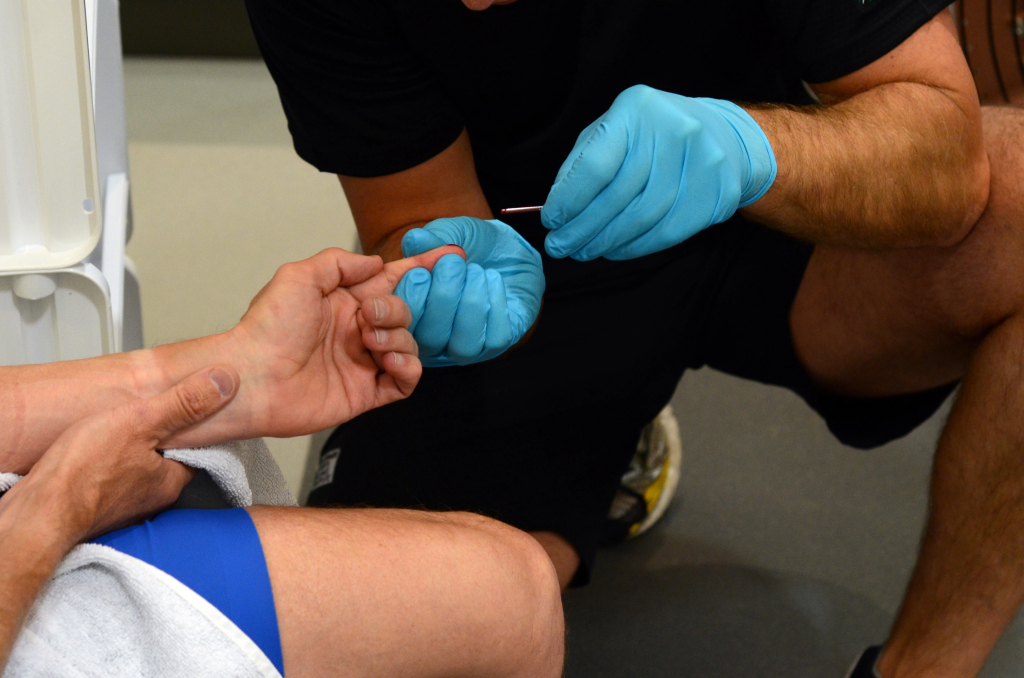
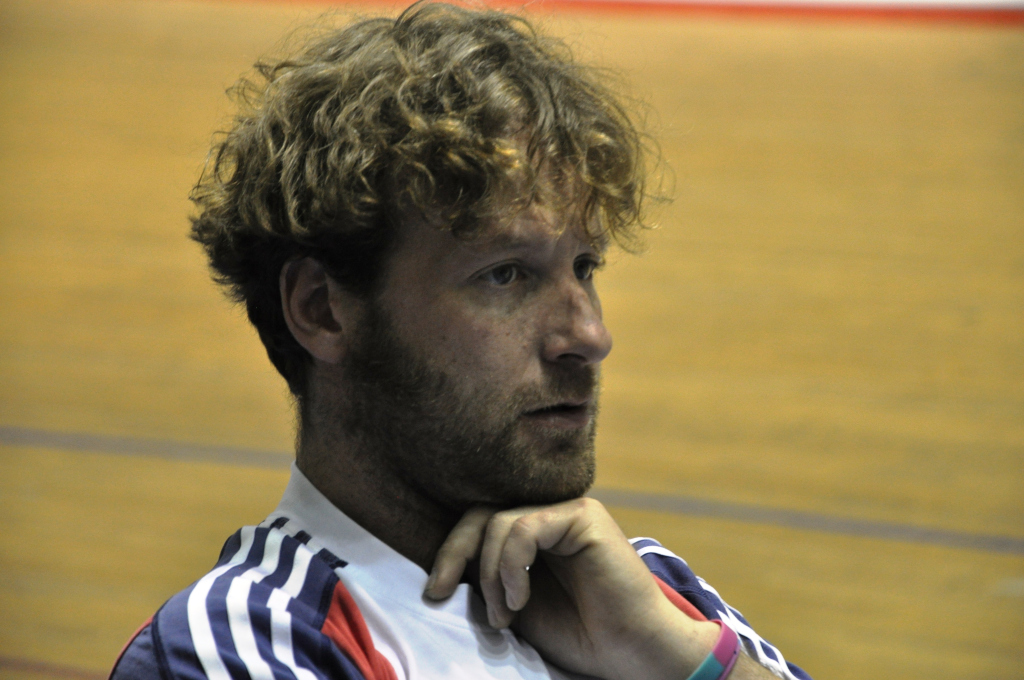
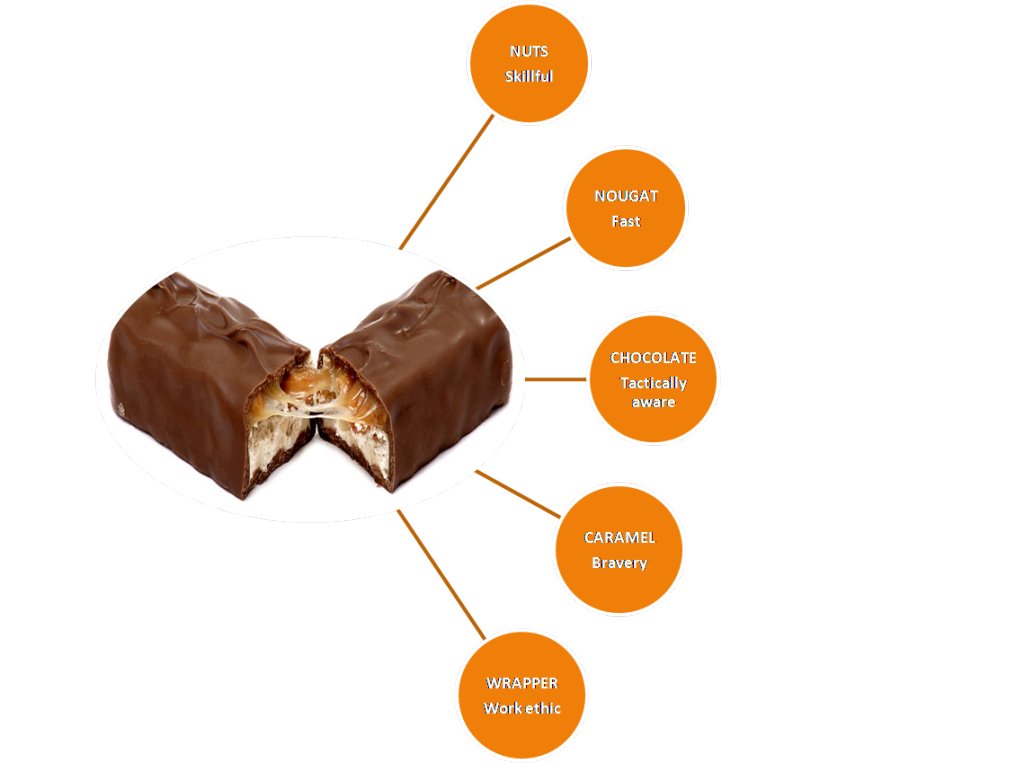
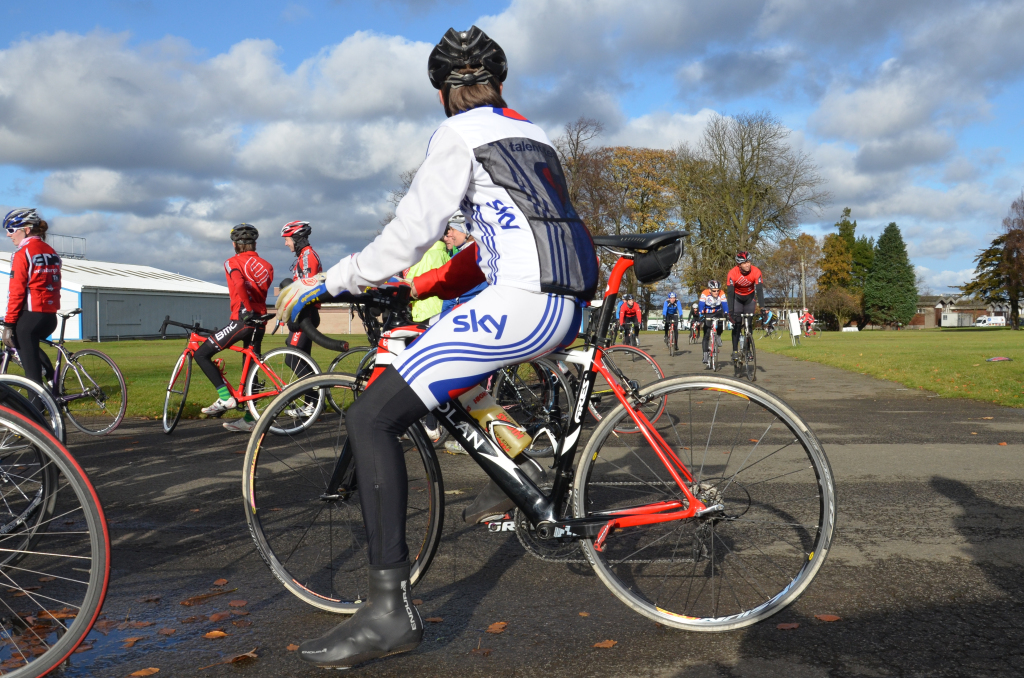
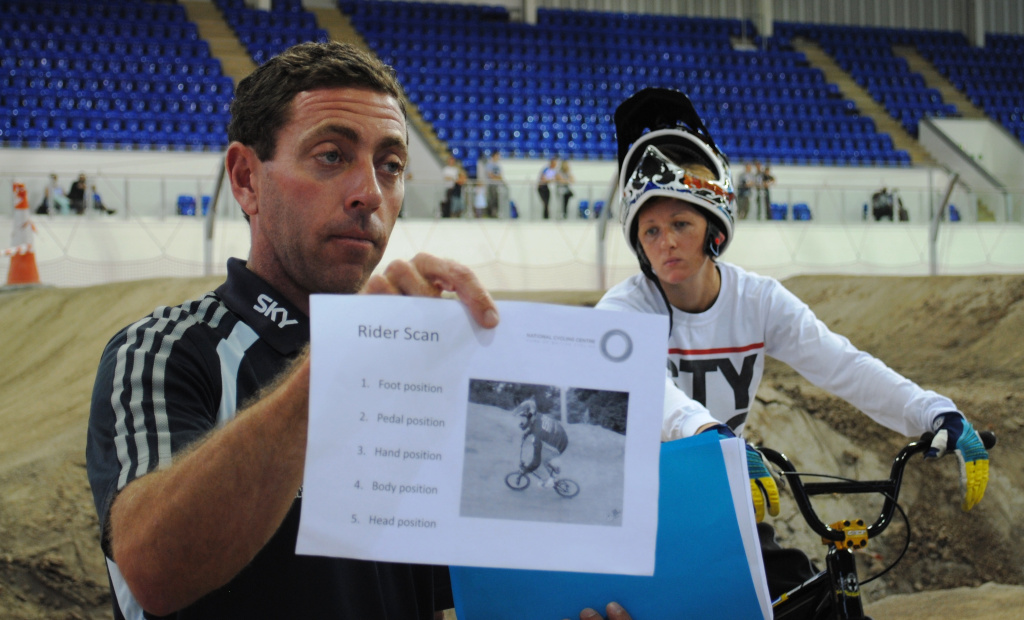
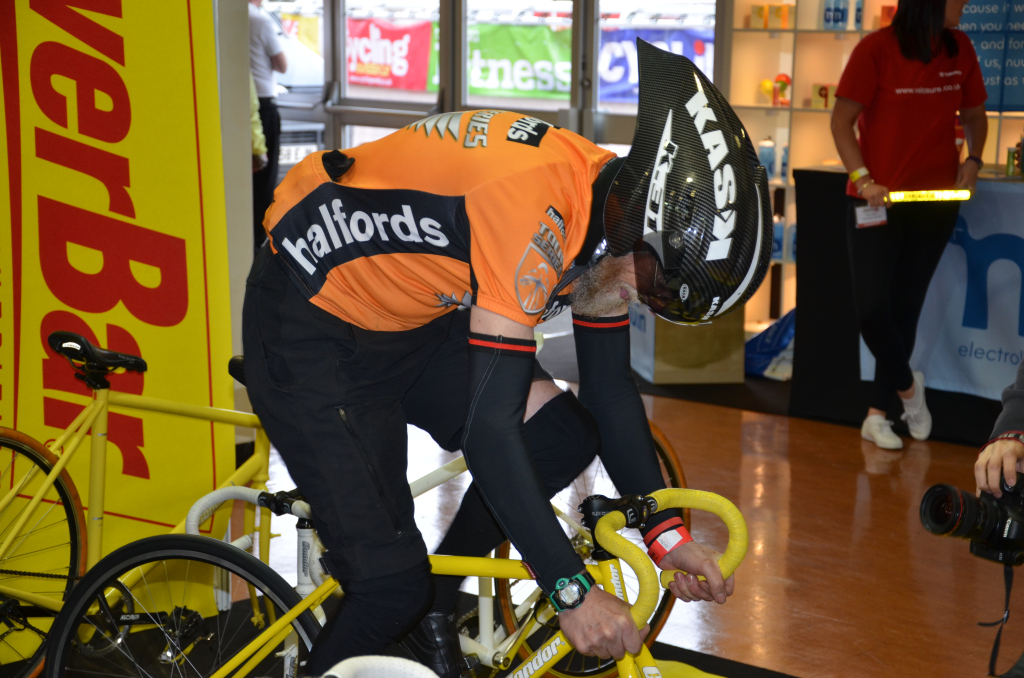
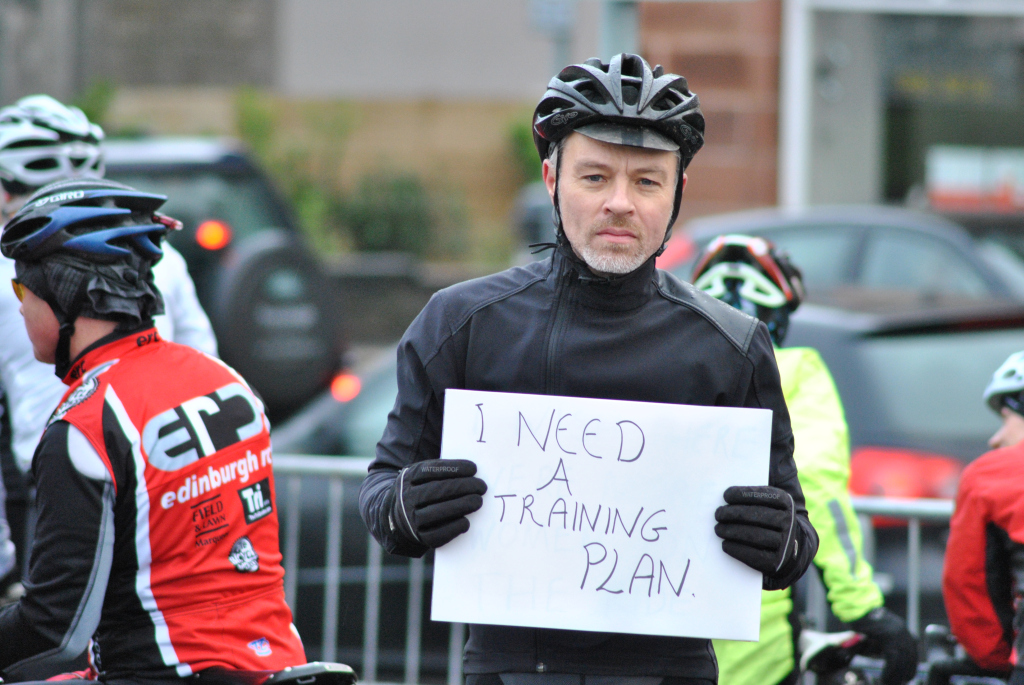
 RSS Feed
RSS Feed